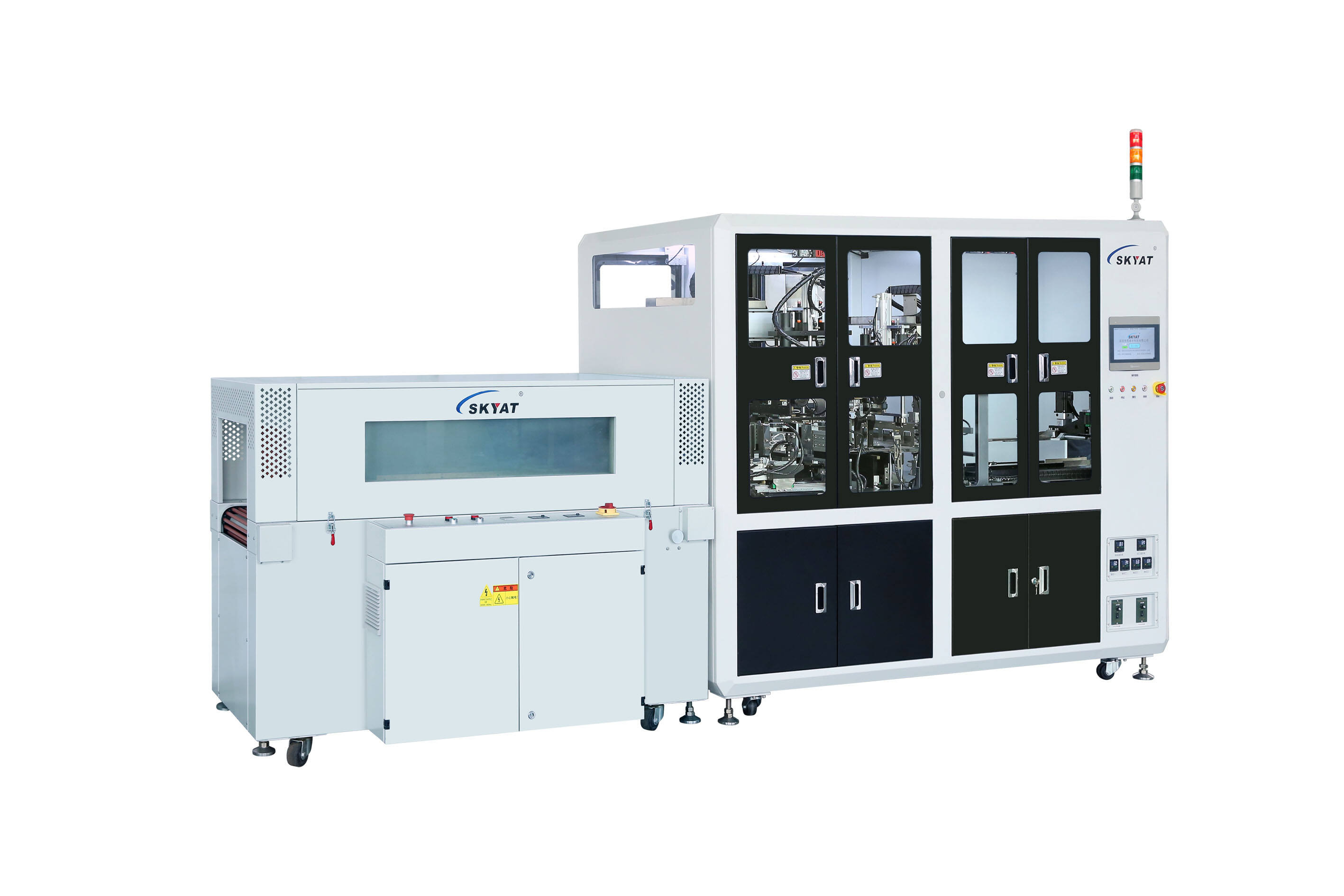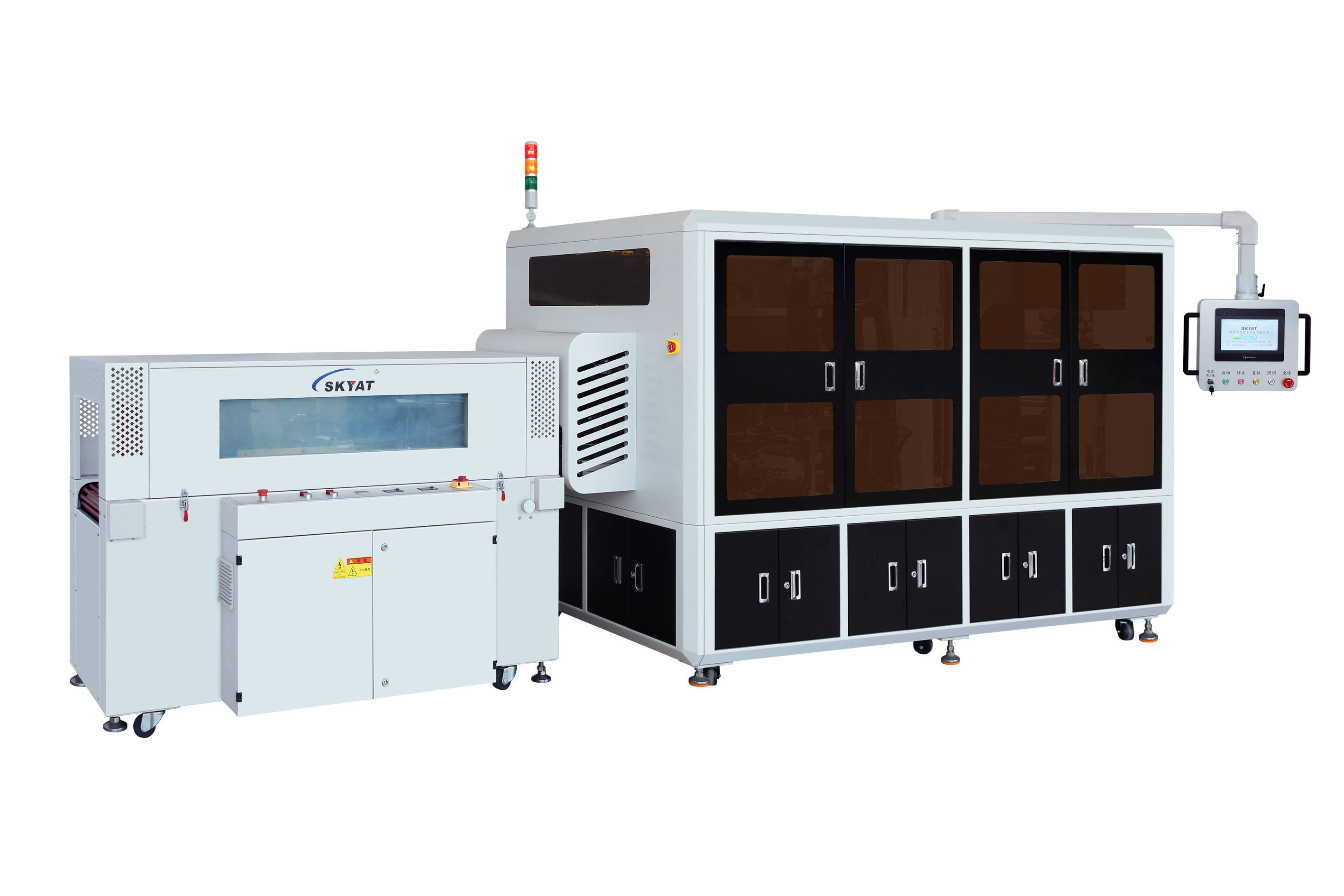The choice between automatic and manual shrink wrapping machines depends on a business’s production volume, product complexity, labor resources, and long-term efficiency goals. Understanding the differences between these two types of machines is crucial for industries ranging from small-scale tea producers to large automotive manufacturers, as each offers distinct advantages and limitations based on operational needs. Automatic shrink wrapping machines are designed for high-volume production environments, where speed and consistency are critical. They can handle hundreds of products per minute, significantly outpacing manual machines, which are limited by the speed of human operators. In industries like electronic manufacturing, where smart electronics components are produced in large quantities, automatic machines ensure that packaging keeps up with assembly line output, reducing bottlenecks and increasing overall productivity. These machines feature automated product feeding, film cutting, and shrinking, minimizing human intervention and the risk of errors. For example, in a pharmaceutical facility, an automatic machine can wrap healthcare products bottles with precise, tamper-evident seals, ensuring compliance with regulatory standards without relying on operator skill. Manual shrink wrapping machines, on the other hand, are better suited for small-batch production or businesses with limited space and lower output. They require operators to load products, feed film, and trigger the shrinking process manually, making them more labor-intensive but also more affordable and flexible for low-volume needs. A small cosmetics brand, for instance, might use a manual machine to wrap limited-edition products, as it allows for hands-on quality control and easy adjustment between different packaging styles. Manual machines are also easier to move and set up, making them ideal for temporary production lines or businesses with changing workflows, such as seasonal tea processors who only need packaging equipment during peak harvest times. Cost is a significant factor in the automatic vs. manual decision. Automatic machines have a higher upfront investment but offer lower long-term costs due to reduced labor expenses and higher efficiency. For large-scale operations like automotive parts manufacturing, where thousands of products are wrapped daily, the savings in labor and increased throughput quickly offset the initial cost. Manual machines have lower initial costs but can become expensive over time for high-volume production, as they require more workers to keep up with demand. Additionally, manual processes are more prone to inconsistencies, which can lead to higher material waste and rework costs—for example, if an operator applies too much film to a ceramic item, resulting in excess waste. Flexibility is another point of comparison. Automatic machines excel at handling consistent product lines, with programmable settings that allow for quick changes between pre-programmed product profiles—ideal for industries like new energy component manufacturing, where products are standardized. Manual machines, however, offer greater flexibility for irregularly shaped or custom products, as operators can adjust their approach on the fly. For example, wrapping a one-of-a-kind drone prototype might be easier with a manual machine, where the operator can manipulate the film to fit the unique shape, whereas an automatic machine would require time-consuming reprogramming. Quality control also differs between the two types. Automatic machines deliver consistent results, with sensors and cameras ensuring that each package meets the same standards—critical for industries like pharmaceuticals, where uniformity is required for compliance. Manual machines rely on operator skill, leading to more variability in wrapping quality, which can be a drawback for consumer-facing products like cosmetics, where appearance affects sales. However, manual machines allow for immediate visual inspection and adjustment, which can be beneficial for small batches where quality is prioritized over speed. Ultimately, the choice between automatic and manual shrink wrapping machines depends on a business’s specific needs: automatic machines are ideal for high-volume, standardized production, while manual machines suit small-scale, flexible operations. By evaluating factors like production volume, product complexity, and budget, businesses can select the machine that best aligns with their operational goals.




Copyright © 2025 By Skyat Limited. - Privacy policy